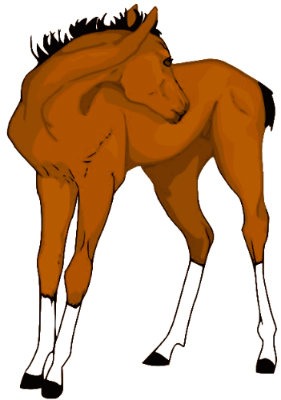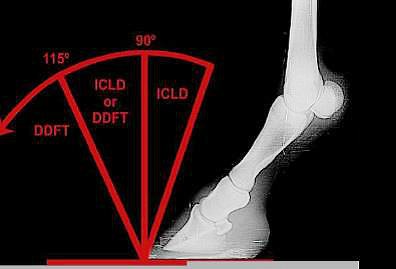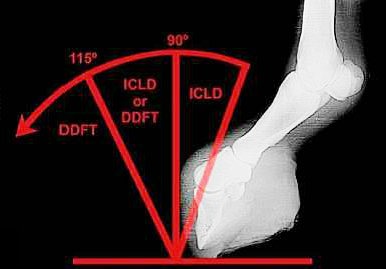A land consultant I recommend to clients, Bill Lattrell of Heath, wrote an excellent report on industrial wind turbines. It is so impressive that I feel I have to link it here for interested readers. Bill and his co-author Steve Ryack wrote this report for the town of Heath in 2013, but their conclusions unquestionably still hold.
A few paragraphs particularly jumped out at me:
People complain of a peculiar and particularly debilitating quality to
the sound from turbines. A paper by Thorne in the journal, “Bulletin of
Science and Technology” August 2011, shows that unlike other industrial
noises, the amplitude and frequency of wind turbine noise is
continuously modulated (AM and FM). That is, the pitch and the loudness are not steady but change continuously.
Another example of AM and FM modulation is the sound of a police
cruiser or fire truck. The continuous change of pitch and loudness makes
it very hard for people to become desensitized or habituated to the
sound, as occurs with other industrial sounds. On the contrary,
sensitization over time appears to occur more frequently when pitch and
loudness are modulated. Also, as wave frequency decreases, the
effectiveness of barriers such as walls and windows to attenuate sound
is diminished. Windows and walls are actually induced to vibrate at
lower frequencies. Decreasing wave frequency is the same as increasing
wavelength. As the wavelength approaches the dimensions of rooms and
houses, standing waves are set up within these structures. As the waves
bounce back and forth in these enclosed spaces their amplitude
(loudness) increases, much as the height of a child on a swing increases
each time it is given a push. They become resonant chambers in their
own right, resulting in indoor noise levels higher than those outdoors.
And this one:
The health affects of industrial wind are not limited to those resulting
from acoustic waves. The Committee briefly considered the effect of
seismic vibrations on nearby structures. A moderate size industrial
turbine of 1.5 MW weighs about 160 tons, with seven ton blades rotating
at close to 180 MPH at the periphery. When it is installed on ledge,
massive blasting or other alteration of the ridge top may be required to
anchor it to the ground. The coupling of the turbine to ledge
propagates the vibrations of the structure, generated by the torques of
the rotating blades, to the ground beneath. Any residential structure in
the path of the seismic waves would be exposed to vibration. A home
near the relatively small wind turbine in Charlemont is subject to
internal vibration from the basement up whenever the turbine rotates.
The vibration has been likened to the ground vibration induced by a
device farmers use to eject burrowing animals from their subterranean
abodes.
Which reminds me of a study done in Portugal a few years ago, where Lusitano horses, an ancient breed which has never been shod and so has an abundance of proprioceptive and graviceptive sensors in their feet, were living in the vicinity of a newly built wind farm. The younger horses developed some major flexural deformities of their feet within six months of the wind farm becoming operational, and even unrelated foals, brought to the stud farm from elsewhere, developed a similar deformity after 6 months.
According to the author of the study, Teresa Margarida Pereira Costa e Curto:
The flexural deformities have a complex and multifactorial etiopathogeny. They occur due to uncoupling of the longitudinal development of the bone and its adjacent soft tissues, but also from shortening of the tendon-muscle unit in response to pain.
Radiological examination of front limbs, before and after
The clubbed mass of the deformed foot and its tiptoe-like poise are clear in this X-ray. The foal is obviously crippled as a result.
There is a growing deeper understanding, among vets and farriers and in the equine world in general, that the unshod horse is healthier in every respect: the fore limbs are warmer and more richly vascularized; better able to feel the variations of the terrain and to adjust instantly throughout the musculature of the body; and even cardiovascularly more healthy than the shod horse, which is cut off from its environment to some extent and more liable to injury and disease.
Here in these Lusitano foals, the unnatural ground vibration (created by massive wind towers anchored in the underlying bedrock) has apparently overloaded the sensors in the frog of the hoof, the fleshy part where all the sensors are located. So the foal's instinct is to tense up the foot and to stand tiptoed. This constant tension has remodeled both the smooth muscles of the fore limb (with myofibrils reorienting in the direction of this tension) and the bone itself (with osteoblasts remodeling the bone structure in alignment with this tension). It is rather like an autistic child who walks barefoot to avoid the sensory overload from the sensors in the plantar surface of the foot. Only in the case of our foals, the reactive shrinking and tension has deformed them irreparably.
See the entire article on the website for Wind Turbine Syndrome by Nina Pierpont and excerpts from the study here.
Our cells and bones respond to gravity and mechanical stress of all kinds. They change shape and this has all kinds of cascading effects. D'Arcy Wentworth Thompson over a century ago spoke of how animal form remodels itself dynamically in response to gravity and muscular tension. More recently, Donald Ingbar has done some marvellous work on tensegrity in the fascia and the squigy cytoskeleton of the cells (showing how mechanical stresses are converted to biochemical changes). It is an exciting new field in biology, and it is virtually exploding with studies and new discoveries. It may be a decade or two, though, before the mass media catches wind of it.
But for now we are faced with the tragic effects of these massive infrasonic turbines on these beautiful foals, where a 90 ft wind turbine tower would have no such effects at all. And we haven't even touched on the effects they have on the vestibular organs and spatial intelligence of our children. That is a story for another day.


